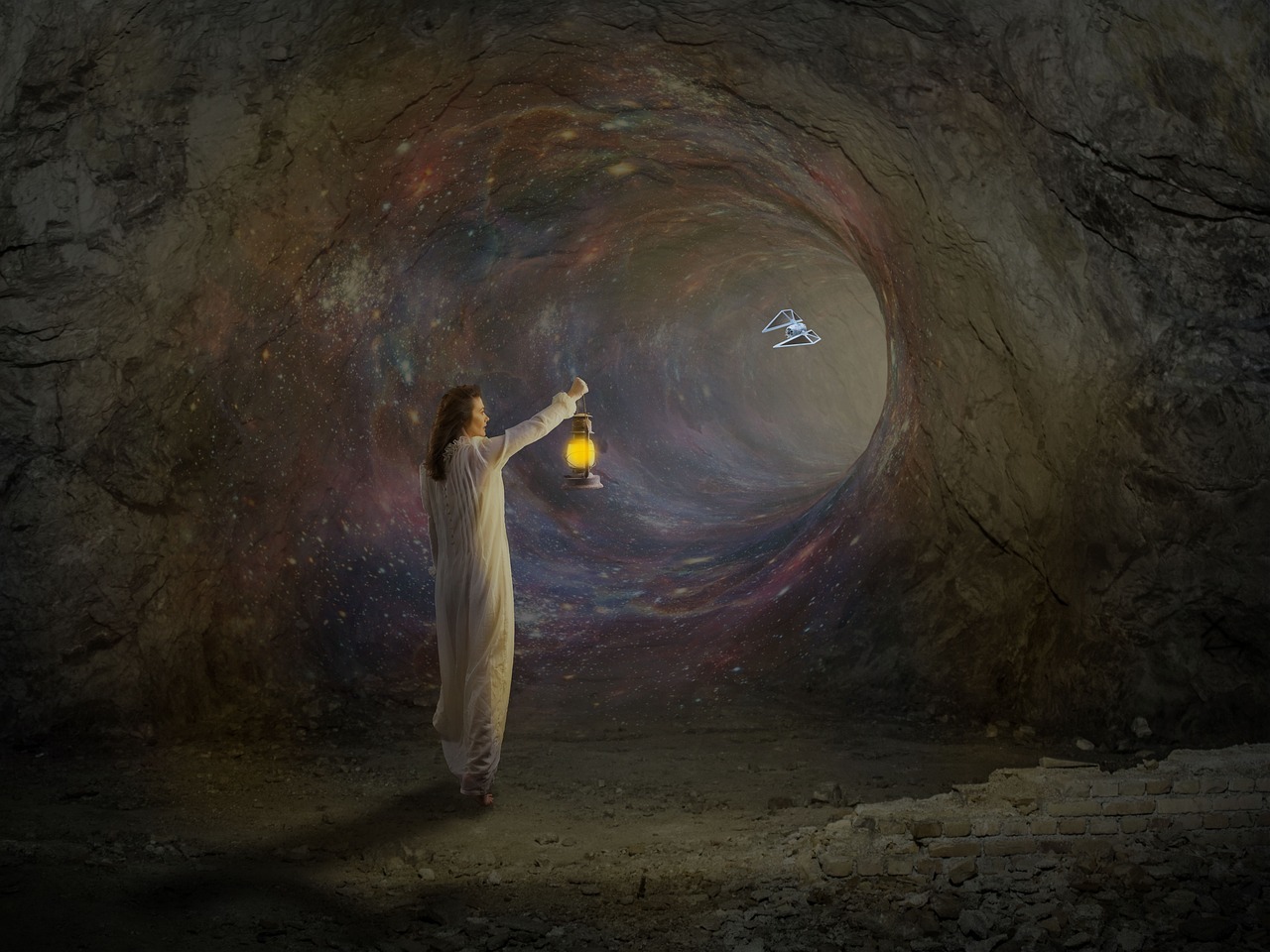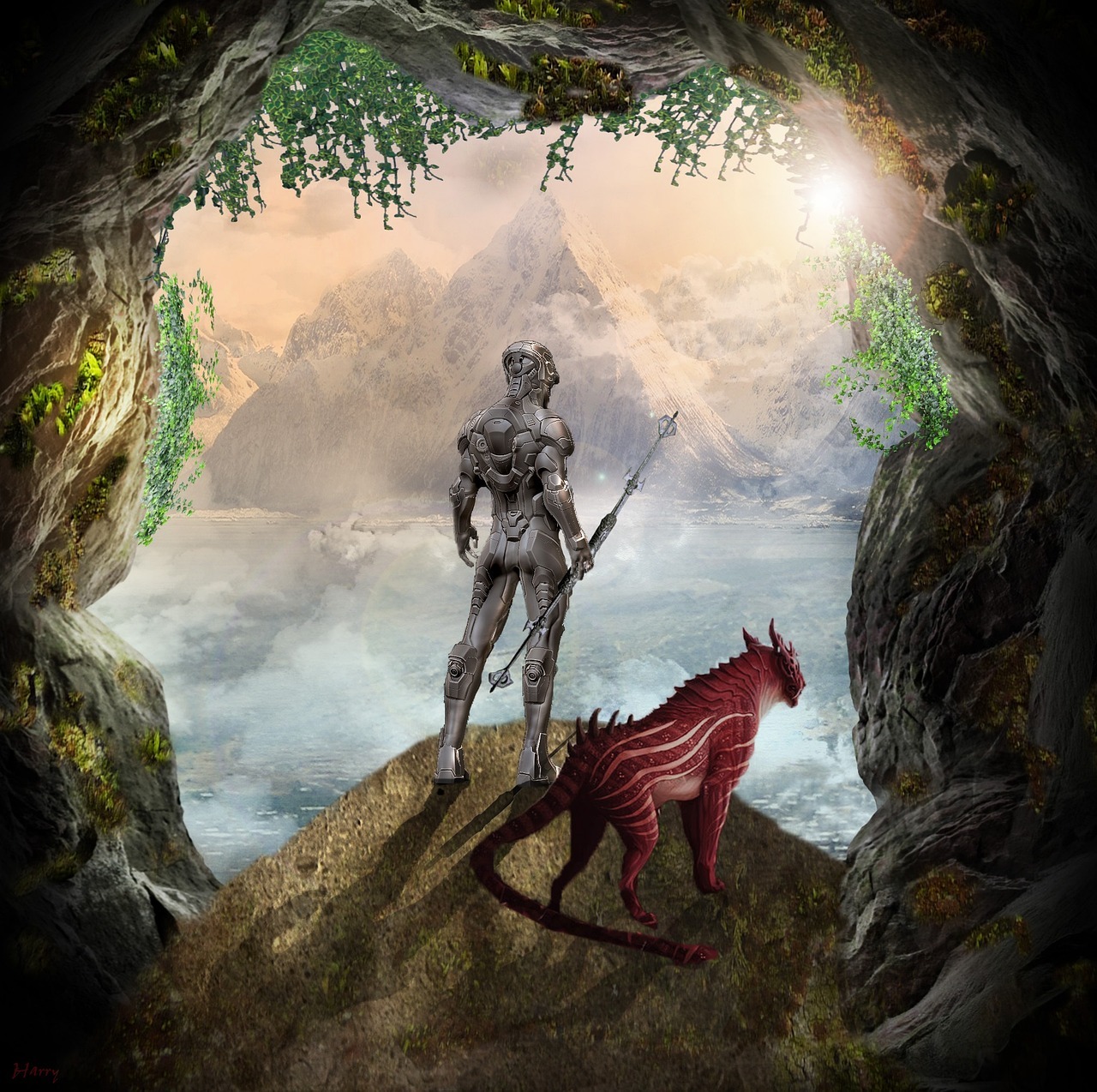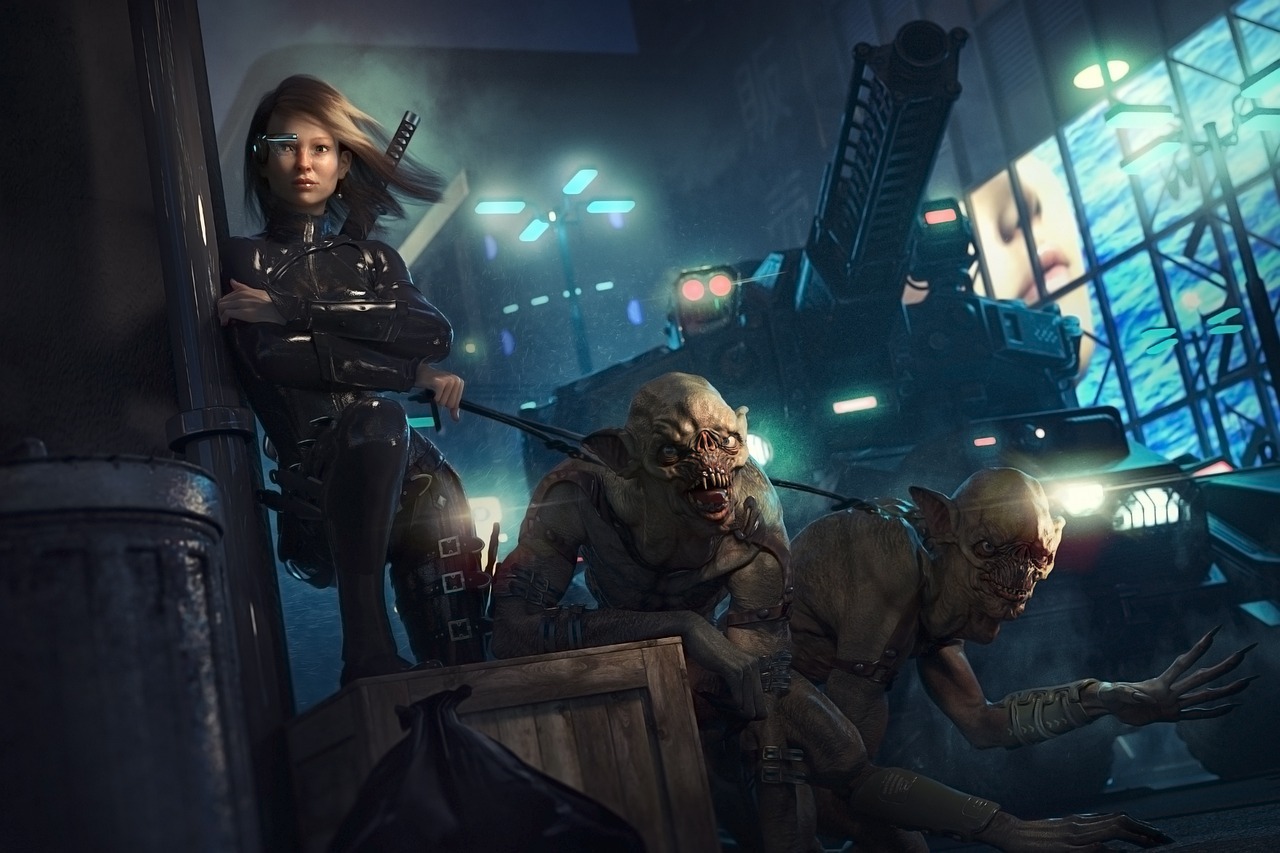Background
For generations, readers have been enthralled by the literary genre of science fiction, also known as sci-fi. It has expanded and changed over time, reflecting the shifting viewpoints, issues, and social achievements. This essay explores the interesting history of science fiction literature, tracing significant figures and subgenres that have enriched its complex tapestry throughout the years.
Early Beginnings
Science fiction has its roots in ancient civilizations, where myths, folktales, and legends frequently featured extraordinary creatures and technological advancements. However, these ancient societies did not use the phrase “science fiction” in the way that we do today. Instead, the contexts of these tales were mythological and religious.
The writings of the ancient Greeks, particularly those of Lucian of Samosata who lived in the second century AD, provide one of the oldest instances of science fiction. One of the oldest known writings that falls under the category of science fiction is thought to be Lucian’s “True History”. In this satirical story, Lucian travels to the moon and comes across strange creatures and fascinating settings, exhibiting early speculative aspects that would later become essential to the science fiction genre.
The Enlightenment and Early Science Fiction
Science fiction was conceptually founded on the Enlightenment thought of the 17th and 18th centuries. As science and reason developed throughout this time, writers were driven to investigate the potential of technology and the human condition. Mary Shelley’s “Frankenstein,” which was published in 1818, is one of the foundational works of early science fiction. The moral and ethical ramifications of scientific research are examined in Shelley’s novel, a theme that would later come to define the genre.
19th Century: Pioneers and Visionaries
Science fiction first gained literary distinction in the 19th century. authors such as Jules Verne and H.G. Wells became a pioneer in the creation of fantastical tales that incorporated scientific ideas with action-packed plots.
Many people consider Jules Verne to be one of the pioneers of science fiction. His works, like “Twenty Thousand Leagues Under the Sea” and “Journey to the Center of the Earth,” accurately reflected the state of science at the time and left readers in awe at the possibilities for exploration and discovery.
H.G. Wells, on the other hand, is renowned for his investigation of the social implications of scientific advancements and social commentary. By exploring themes of imperialism, evolution, and time travel, works like “The War of the Worlds” and “The Time Machine” pushed the frontiers of the genre.
Golden Age of Science Fiction
Early in the 20th century, known as the “Golden Age of Science Fiction,” the genre experienced a spike in popularity. In order to create a community of science fiction readers and writers, publications like “Astounding Science Fiction” were essential. During this time, writers like Isaac Asimov, Arthur C. Clarke, and Robert A. Heinlein were well-known.
The science fiction community honors Isaac Asimov for his prolific productivity and services. His “Robot” and “Foundation” books tackled issues related to artificial intelligence, morality, and the future of humanity, making a lasting impression on the genre.
The best-known work of Arthur C. Clarke is the novel “2001: A Space Odyssey,” which was created simultaneously with the Stanley Kubrick-helmed movie adaptation. The work is a masterwork of hard science fiction that examines the interaction between extraterrestrial life, human evolution, and cutting-edge technology.
Robert A. Heinlein’s ability to tackle various topics within the genre shows the adaptability of science fiction. His writings examined a wide range of themes, from space exploration in “Stranger in a Strange Land” to military science fiction in “Starship Troopers.”
New Wave Science Fiction
Science fiction underwent a change in the 1960s and 1970s with the rise of the “New Wave” movement. In this subgenre, literary experimentation and the investigation of social and political concerns were given more weight. Ursula K. Le Guin and Philip K. Dick, among others, were important writers in this movement.
For example, in the essay “Do Androids Dream of Electric Sheep?” which served as the inspiration for the legendary film “Blade Runner,” Philip K. Dick explored themes of identity, reality, and the human psyche. His mind-bending narratives questioned conventional concepts of reality.
For her thought-provoking books, such as “The Left Hand of Darkness” and the “Hainish Cycle” series, Ursula K. Le Guin is lauded. In fanciful settings, she frequently examined issues of gender, politics, and the essence of human communities.
Cyberpunk and Dystopian Futures
Science fiction with apocalyptic overtones and grim, high-tech settings became more popular in the latter half of the 20th century. In addition to introducing readers to the idea of the virtual world and hacking culture, William Gibson’s “Neuromancer” is frequently credited with popularizing cyberpunk.
During this time, dystopian science fiction also became increasingly popular, with writers like Margaret Atwood and George Orwell employing the genre to explore the perverse aspects of authoritarianism and societal control in works like “The Handmaid’s Tale” and “1984”.
Contemporary Science Fiction
Science fiction has evolved and adapted to the shifting social and technological context of the twenty-first century. authors like Cixin Liu, Neal Stephenson, and N.K. Jemisin have made significant contributions to the genre.
Neal Stephenson explores the effects of technology on society and culture in his works, such as “Snow Crash” and “Cryptonomicon,” which frequently straddle the boundaries between science fiction and historical fiction.
Chinese novelist Cixin Liu, whose “Remembrance of Earth’s Past” trilogy, which begins with “The Three-Body Problem,” won praise throughout the world for its exploration of intricate astrophysics and the ramifications of contact with extraterrestrial species.
N.K. For her innovative “Broken Earth” series, which blends fantasy and science fiction elements to examine issues of tyranny, power, and environmental catastrophe, Jemisin has won many Hugo Awards.
Subgenres of Science Fiction
Throughout its history, science fiction has given rise to numerous subgenres, each exploring unique themes and concepts. Some notable subgenres include:
Hard Science Fiction
Emphasizes scientific accuracy and explores the potential consequences of real-world scientific advancements.
Space Opera
Features grand space adventures, epic battles, and intricate interstellar politics.
Steampunk
Blends Victorian-era aesthetics with advanced technology, creating alternate histories with a retro-futuristic twist.
Post-Apocalyptic
Imagines the aftermath of global catastrophes and the survival of humanity in harsh environments.
Alternate History
Explores worlds where historical events unfolded differently, often resulting in divergent technological and societal developments.
Biopunk
Focuses on genetic engineering, biotechnology, and their ethical implications.
Climate Fiction
Addresses the ecological and environmental challenges facing the planet, often set in a near-future where climate change has profound effects.
Conclusion
Science fiction has a long history and a wide variety of subgenres, and it has consistently changed to reflect its environment. Science fiction has pushed the limits of human imagination and scientific understanding from its early origins in ancient tales to the provocative works of contemporary authors. It has acted as a mirror for society, reflecting our aspirations for the future as well as our concerns and dreams. Science fiction is still a living and constantly changing genre, ready to motivate future generations of readers to investigate the infinite possibilities of the cosmos and the human spirit. This is true even as technology develops and our awareness of the universe increases.





